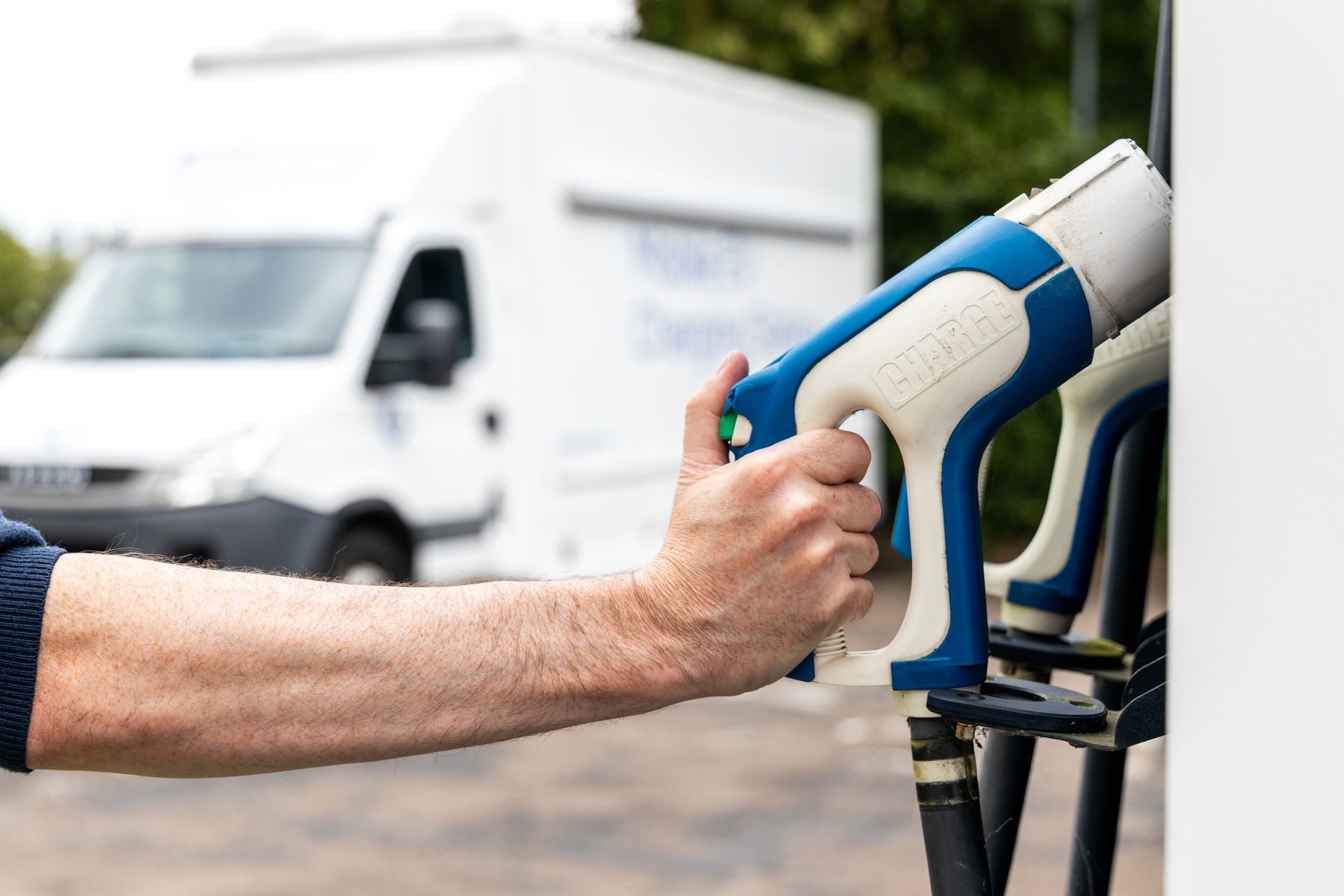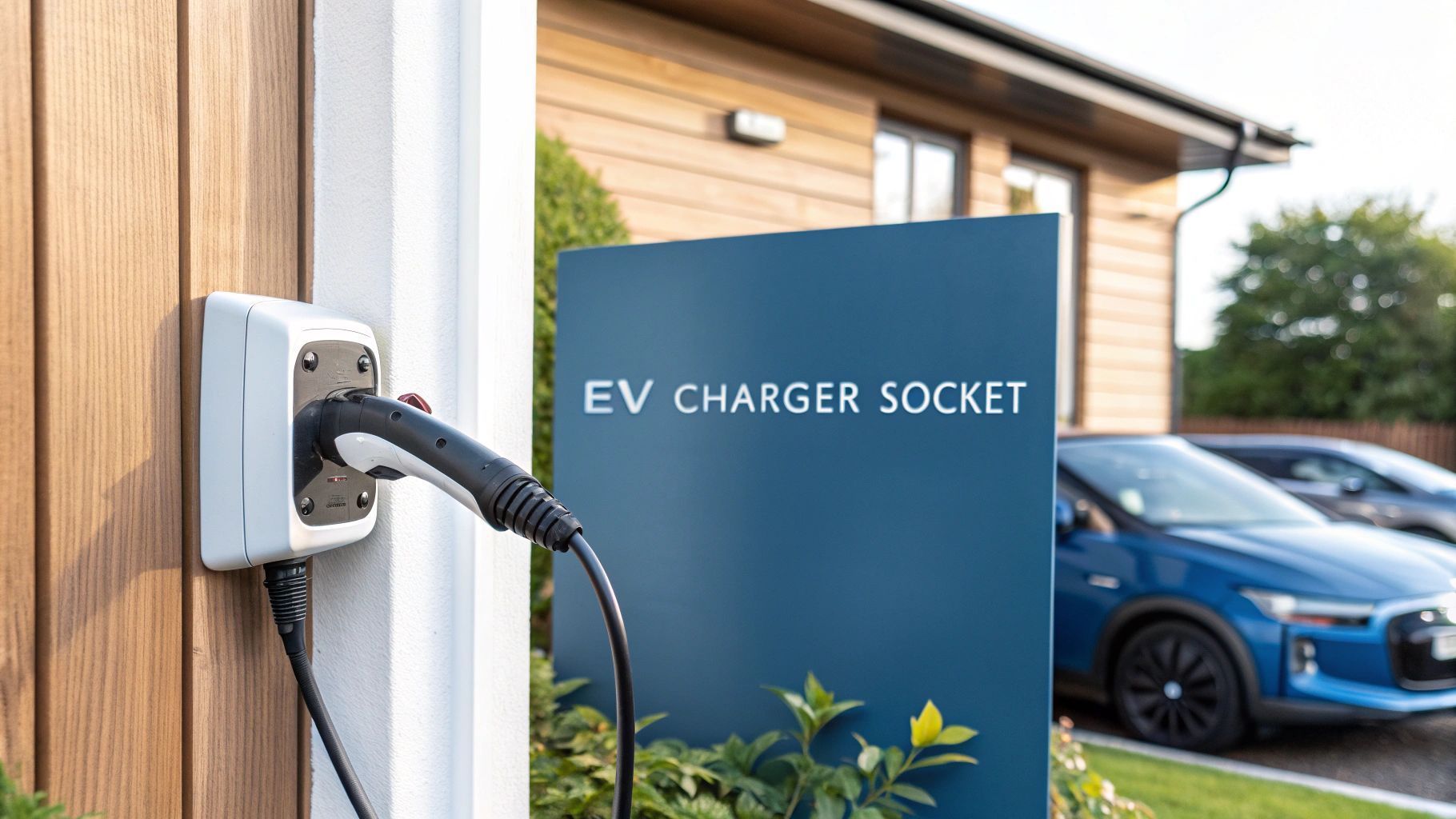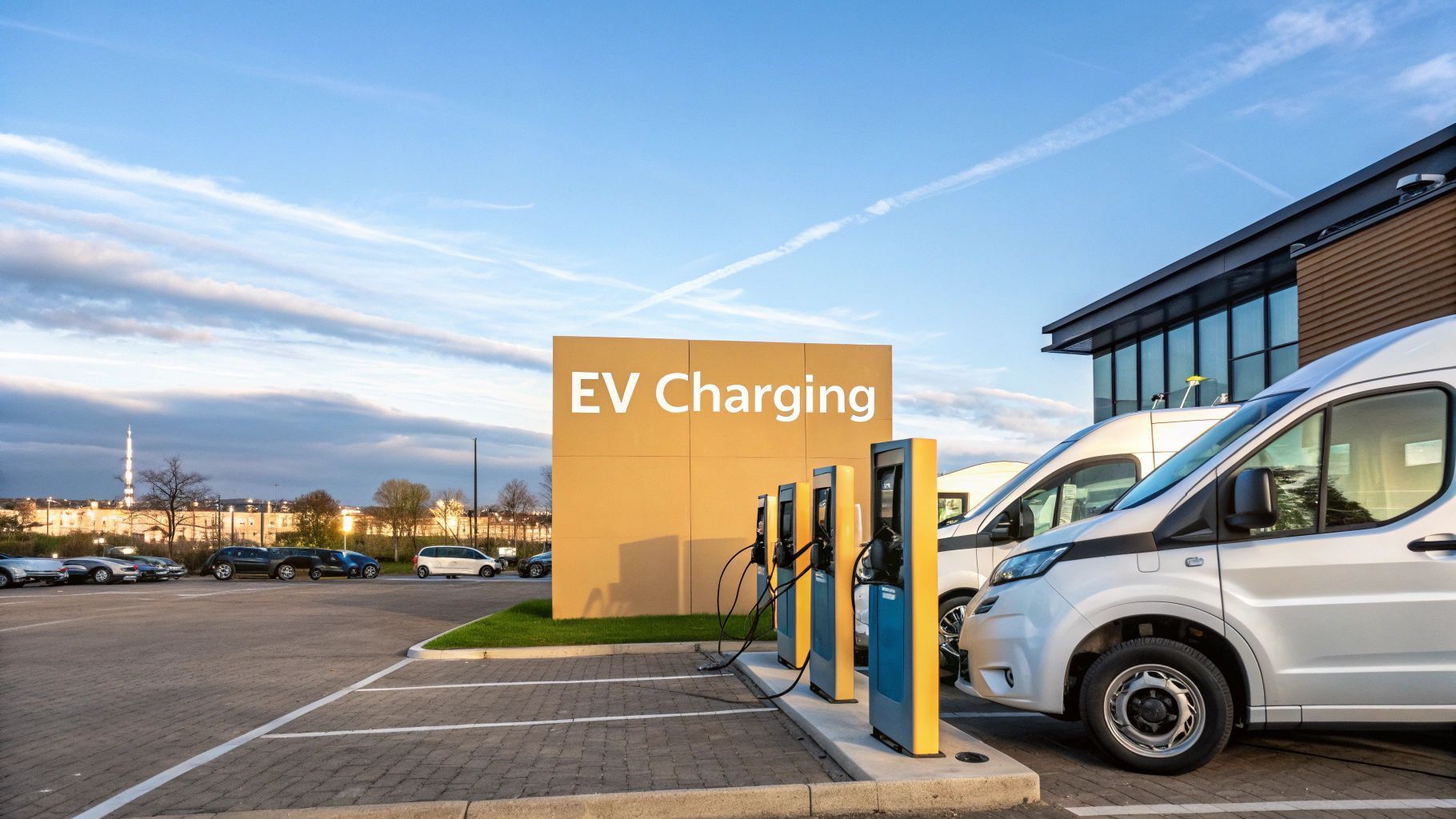How ZAPME Facilitates EV Adoption in Rural Areas
Closing the gap in electric vehicle access beyond urban centres

The Rural Challenge in EV Adoption
Electric vehicle adoption in the UK continues to rise steadily, but the pace of progress varies widely between urban and rural regions. While cities benefit from dense infrastructure and targeted investment, many rural communities are still underserved. This imbalance affects driver confidence and creates a barrier to a fair transition to low emission transport.
ZAPME, developed by ZPN, offers a practical response to this issue. By expanding access to modular EV charging infrastructure, it is helping bridge the rural charging divide.
Why Rural Areas Lag Behind
Several factors contribute to slower EV adoption in rural locations:
- Sparse distribution of public charging stations
- Limited investment in local energy infrastructure
- Longer travel distances between key destinations
- Reduced public transport alternatives
- Fewer incentives for private sector involvement
These challenges not only restrict current EV users but also discourage potential adopters who are concerned about range, access and reliability.
What Makes ZAPME Different
ZAPME is built with flexibility in mind. Unlike traditional infrastructure that relies on centralised systems and fixed locations, ZAPME units are modular and scalable. This makes them ideal for deployment in low density areas where traditional networks may not be viable.
Its key features include:
- Off grid capability for locations without reliable mains access
- Rapid deployment without extensive groundwork
- Integration with renewable energy sources such as solar
- Smart monitoring to optimise power use and track performance
- Compact and modular design suitable for a range of site types
By removing the logistical barriers to infrastructure roll out, ZAPME helps rural councils, businesses and communities support EV growth.
Supporting Local Sustainability Goals
Rural communities often face higher levels of fuel poverty and are more reliant on personal vehicles. Shifting to electric cars can reduce long term running costs and environmental impact, but only if the infrastructure is in place.
ZAPME allows regions outside major cities to participate fully in the electric transition. Whether at local businesses, agricultural sites or community hubs, the system creates new access points for reliable charging. This supports local sustainability targets and empowers residents to make lower emission choices.
Flexibility for Different Use Cases
One of the advantages of ZAPME is its versatility. It can be used in a wide range of contexts:
- Village halls and community centres
- Visitor attractions in remote areas
- Agricultural depots and logistics bases
- Hospitality venues such as inns and guesthouses
- Roadside locations without existing infrastructure
With its adaptable design and smart functionality, ZAPME can meet different charging demands without requiring full urban grid connections.
Addressing Equity in EV Infrastructure
As the UK moves towards its zero emission targets, a national approach to infrastructure is essential. Rural communities must not be left behind. Equal access to clean transport depends on reliable energy support in every postcode.
ZAPME plays a key role in addressing this need. Its ability to operate independently of existing energy networks, along with its modular format, allows it to support even the most remote areas.
This not only supports local drivers but also enables tourism, delivery services and public transport operators to adopt electric vehicles more confidently.
A Path Forward for Inclusive EV Growth
The future of electric mobility depends on more than technology. It requires inclusive planning and responsive infrastructure. ZAPME represents a meaningful step towards levelling the playing field for rural communities across the UK.
By making EV charging more accessible and reliable in remote areas, ZPN is helping accelerate a national shift that works for everyone.











